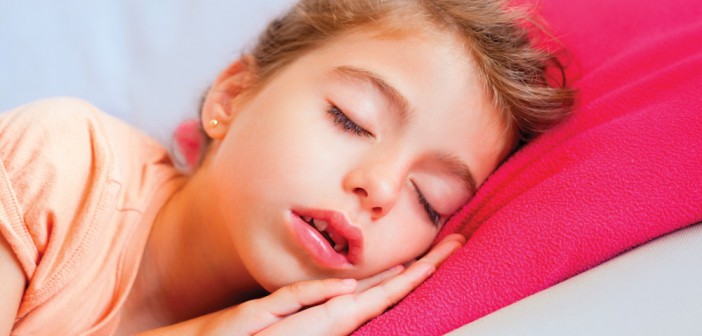Snoring can be a funny thing. Many a YouTube video shows people in the depths of sleep and sounding like a chainsaw. I, too, have chuckled at how funny they can be. Like many aspects of medicine, however, snoring has a severity spectrum ranging from funny to life-threatening. While snoring can certainly be life-threatening for adults in terms of “spousal retaliation,” the more “medical” consequence is related to sleep apnea. This latter category is more accurately referred to as obstructive sleep apnea, and is evidenced by pauses in breathing/snoring when the chest is moving like it’s trying to breathe, but no air or minimal air is going into the lungs.
Prior to the 1980s, the entire concept of sleep apnea and its potential to cause seemingly unrelated cardiac consequences was unheard of. Fast forward three decades, and everywhere you look there’s a snoring/sleep apnea advertisement, CPAP machine, sleep clinic, etc. But even later came the recognition of the issue as it relates to kids. In kids, sleep apnea is a different diagnosis.
So, when does a kid’s snoring become “no laughing matter?” I usually ask a parent the following questions: Does your child snore? If so, how loud: can you hear him outside of his room? Do you notice any pauses in the breathing rhythm (apnea)? Is there daytime fatigue or irritability (more than what is usual for kids)?
If the snoring is loud enough to be heard outside the bedroom, there is a noticeable breathing issue and daytime fatigue, then it’s safe to say we’re talking about sleep apnea. In these obvious cases, I don’t even bother to get a sleep study, because whether a kid stops breathing five times an hour or 20 times an hour, they get treated for it. So, spend an uncomfortable night getting a potentially expensive test if the treatment is the same. In those gray areas where the answers don’t clearly indicate sleep apnea, then a sleep study helps to sort things out.
If the sleep study shows sleep apnea or the answer to the question is obvious, the treatment for children is tonsillectomy and adenoidectomy. But, just as with an adult, other issues can contribute to sleep apnea in kids – the No. 1 factor is obesity. While tonsillectomy is still effective, addressing weight issues would be critical to maximizing the chance for curing this condition.
The effects of snoring and stopping of breathing in a middle-aged man can often be handled with some strong morning coffee; but for a kid, the negative consequences to behavior and school performance are reasons to be more serious in the evaluation and treatment.
For a kid, the negative consequences to behavior and school performance are reasons to be serious in the evaluation and treatment of sleep apnea.














